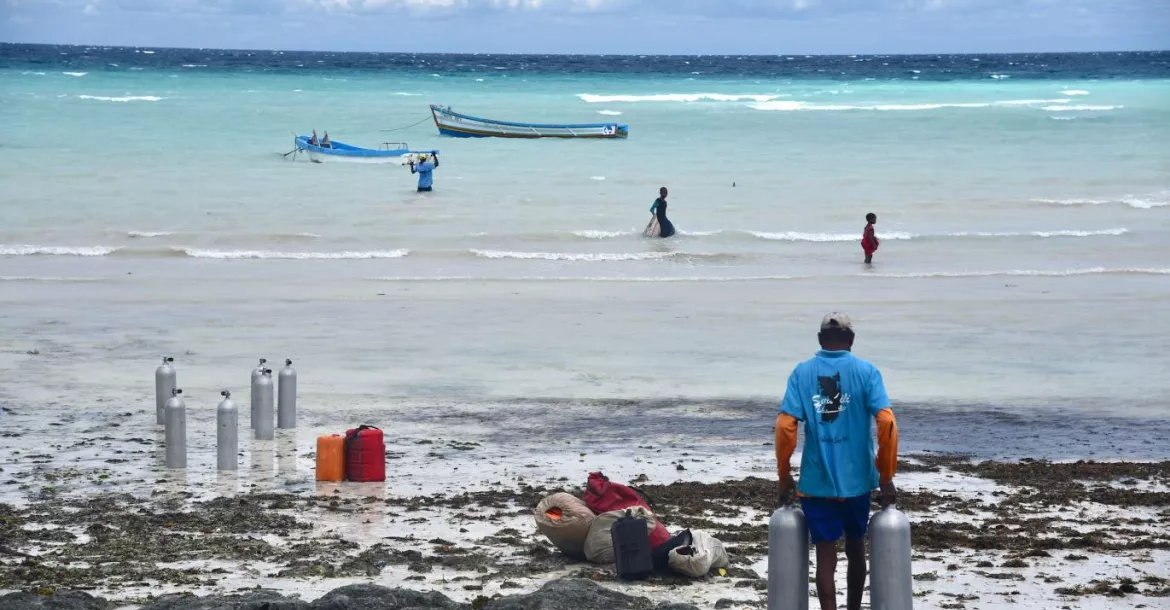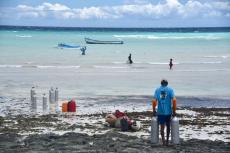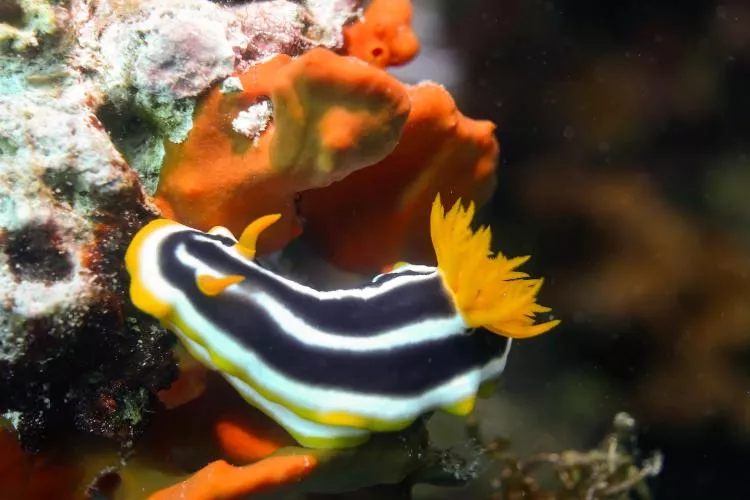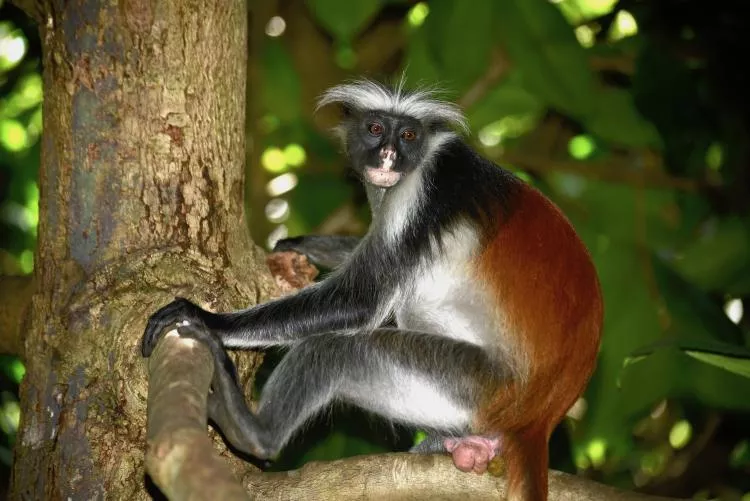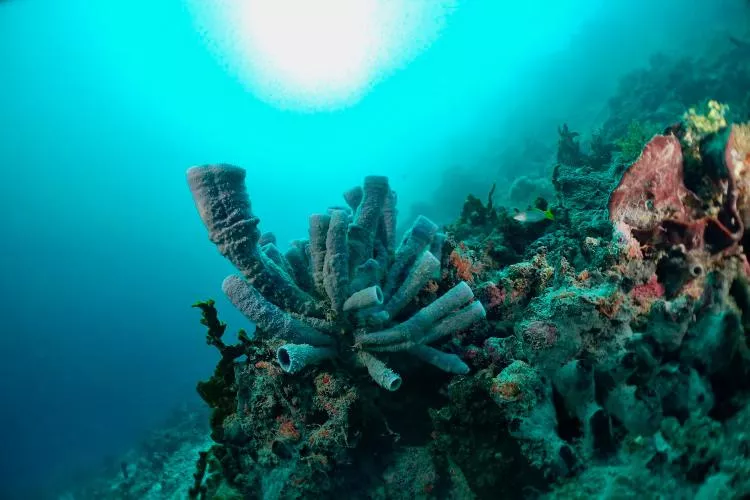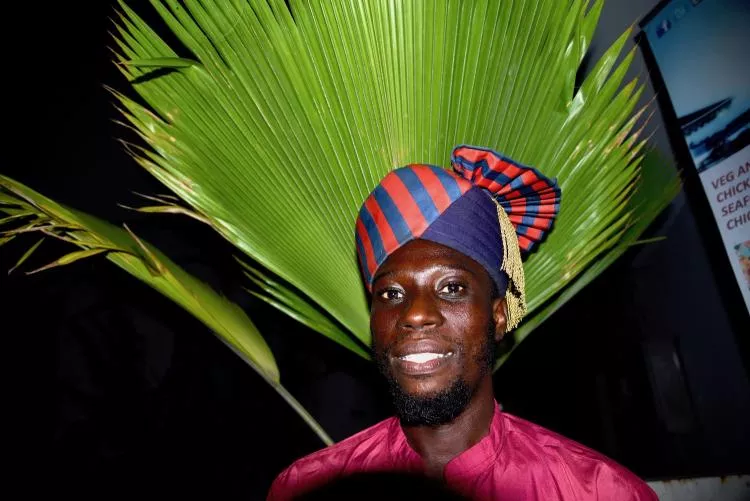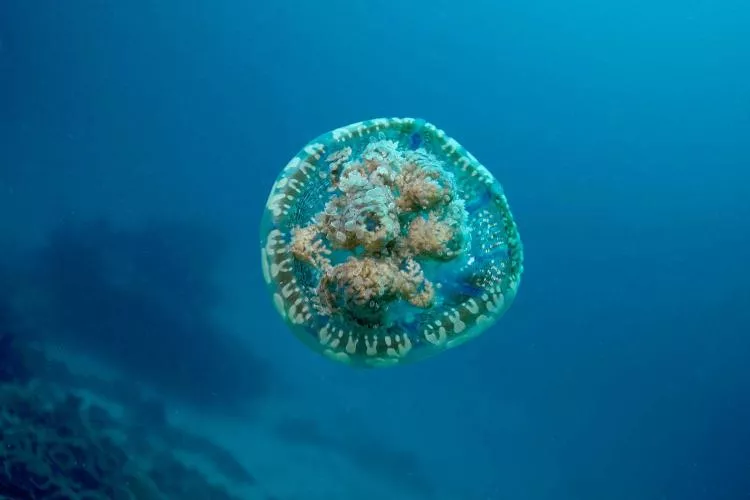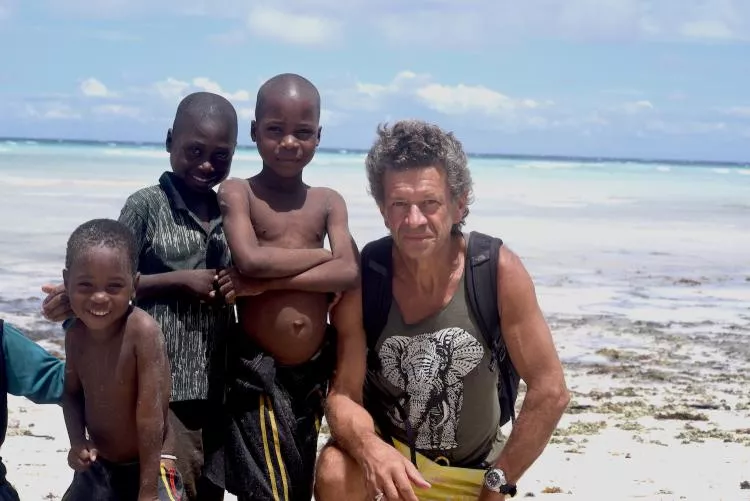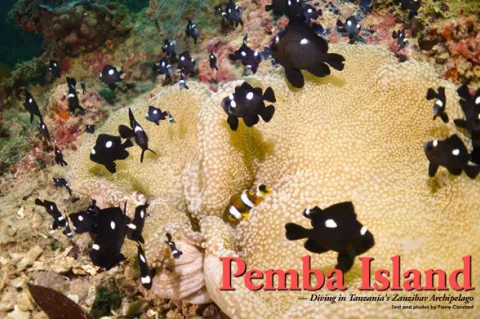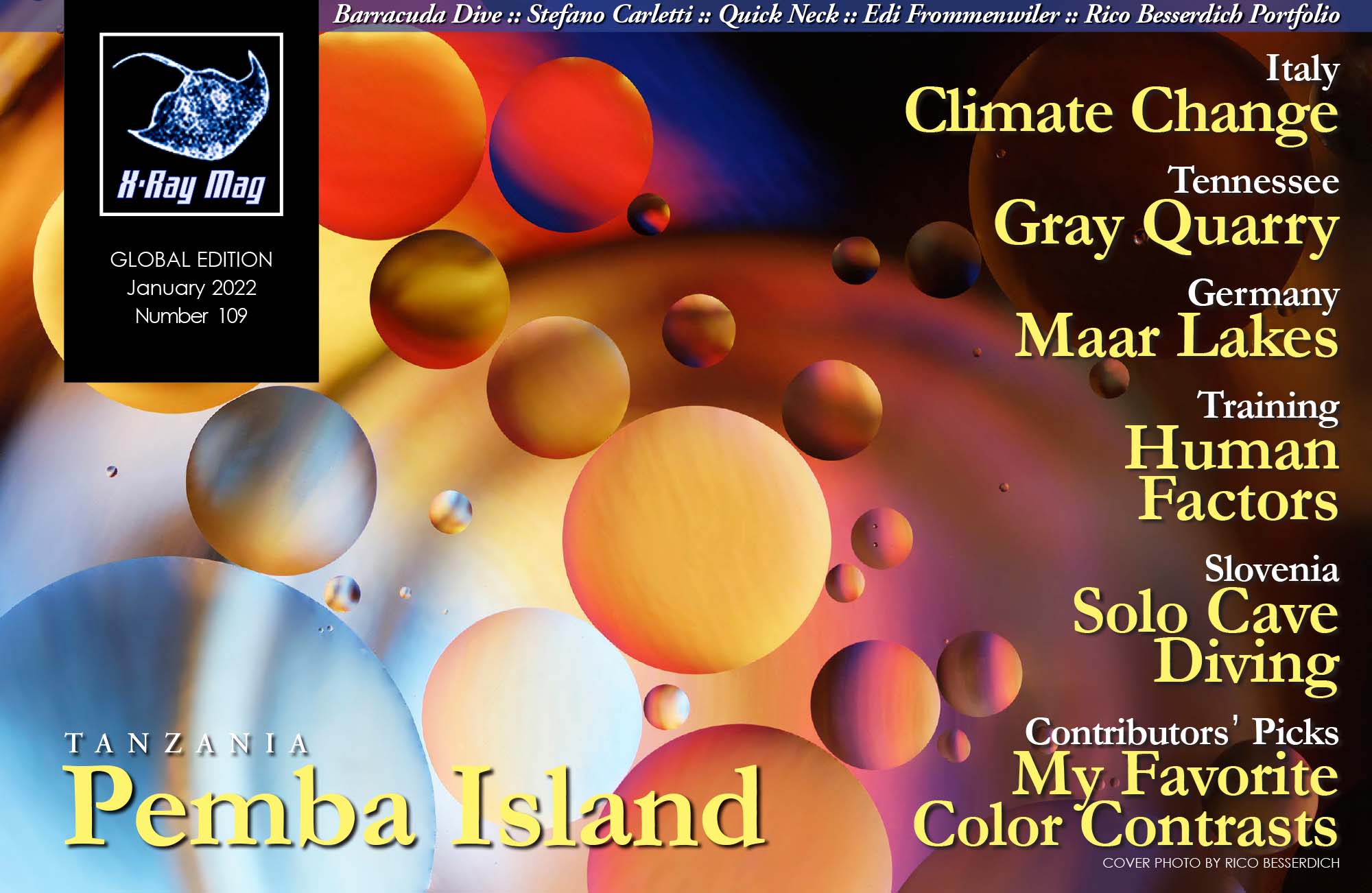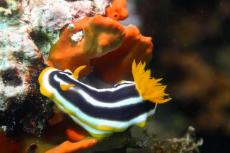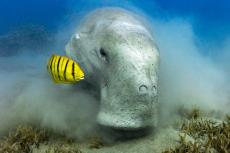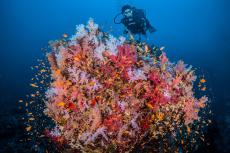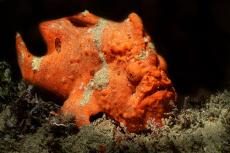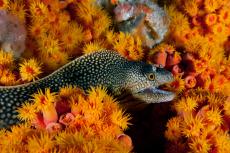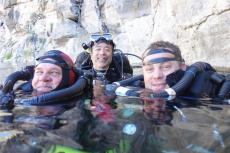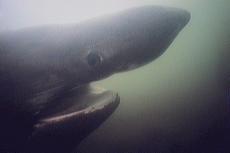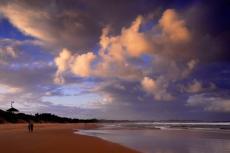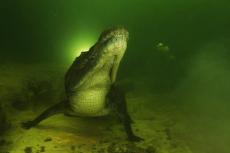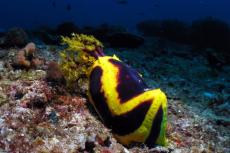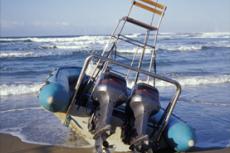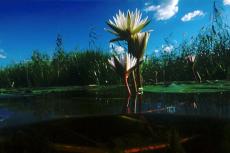Pemba Island is part of the Zanzibar Archipelago in Tanzania. Pierre Constant shares his adventure there, which took him through lush emerald forests, home to the Zanzibar leopard and rare endemic species of monkeys, a reserve with Seychelles tortoise, as well as diverse dive sites with a delightful variety of corals and marine species, and ample opportunities for underwater photography.
Contributed by
Factfile
Getting there
From Europe, there are direct flights from Amsterdam (KLM) and Saint Petersburg.
From Western Asia, there are direct flights from Dubai, Muscat (Oman Air) and Doha (Qatar Airways).
You can fly from Zanzibar to Pemba, or alternatively take the Azam Sealink ferry from Stone Town to Mkoani.
Visa: Visa on arrival costs US$50.
Health: No PCR test is required upon arrival; however, one is required out of western Europe.
Currency: Tanzanian shilling (TZS)
Exchange rate: 1 USD = 2,300 TZS;
1 EUR = 2,600 TZS
Languages: Swahili, Arabic and English is widely spoken.
Dive operator and resort:
Swahili Divers & Gecko Nature Lodge (swahiligecko.com)
I was in an authentic patch of Zanzibar’s original forest in the south-central part of the island. About one hour’s drive from Stone Town, the Jozani Chwaka Bay National Park (50 sq km), the last refuge of the elusive Zanzibar leopard, has been legally protected since 2004, being the home of the rare and critically endangered Zanzibar red colobus monkey (Piliocolobus kirkii). I was keen, indeed, to meet the creature in its natural environment.
Once I paid the TZS25,000 entry fee (US$12), Abdul, the naturalist guide in an almond green uniform, took me for a leisurely stroll through the lush emerald forest. Unexpectedly, it was a rather easy feat to approach the monkeys, which were quite tame and used to the visitors, staring at the tourists inquisitively, sitting on a branch like a human. Gifted with a long tail, this endemic species, which is only found in Zanzibar, is grey with red fur on its back, a white chest, a black face and a rosy nose. A tuft of white hairs rose sideways on the top of its head, like a crown.
About 5,862 specimens are left on the island, with a ratio of 3.42 females per male. They feed primarily on leaves, unripe fruits such as guava, and the Zanzibar apple, seeds and flowers. The red colobus monkey becomes an adult at the age of five years when it can mate.
The alpha male must, however, reach at least 12 years of age, before he is able to defend a territory and a harem. Pregnant for six months, the female feeds the baby for 17 months. The red colobus does not like sugar and has to eat charcoal or the bark of the guava tree to compensate for the acidity in their stomach. Friendly and non-aggressive, it may live up to 20 years, and its natural predators are the python and the dog.
Abdul led me farther into the dense foliage, to meet another species of the Jozani Forest: the blue monkey (Cercopithecus mitis). It is rather shy, grey-brown in colour, with a black face and shiny orange eyes. Near Jozani is also the Tortoise Reserve where one can see specimens of the Seychelles tortoise, which was introduced centuries ago by Omani Arab rulers.
Geology and climate
Known as “Unguja” in Swahili, Zanzibar is a low-lying island in the Indian Ocean, 5°72’ South and 39°30’ East, some 36.5km off the coast of east-central Africa. Unlike volcanic oceanic islands, it was not born out of the sea. Once part of the African mainland, Zanzibar broke off during the Pliocene, roughly about 5.3 to 2.6 million years ago.
Geologically, it is composed of limestone, uplifted coral limestone, sandstone and sandy clay marl. A rather dry island, some mangroves occur in protected bays of the eastern coast, west and northwest of the island. With a surface of 1,464 sq km, Zanzibar is 85km long and 39km wide, with the highest elevation being a mere 120m above sea level.
Rainfall is influenced by trade winds, which dictate the seasons. Northeastern trade winds blow from December to March and southeastern trade winds from May to October. So-called “long rains” take place between March and May, while “short rains” occur between October and December.
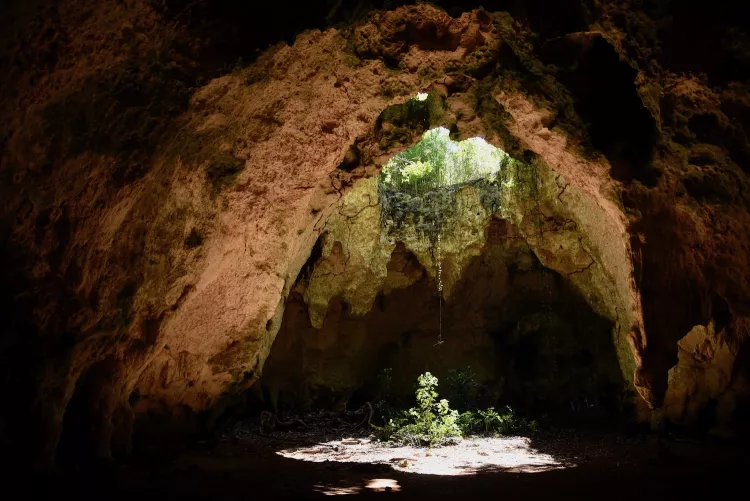
History
At the onset of the first millennium, the earliest migration of Bantu-speaking people brought the Hadimu tribe to the southern and eastern parts of Zanzibar, and the Tumbatu tribe to the northern end. Somehow, the island has been home to humans for at least 20,000 years, since the later Stone Age (as evidenced by archaeological finds in the Kuumbi Cave of Jambiani).
Swahili merchants acted as traders from the ninth century onwards, followed by Persians, Indians and Arab traders looking for gold, ivory and ambergris. Vasco da Gama’s visit in 1498 led to Zanzibar becoming part of the Portuguese empire from 1503 to 1504, when Captain Ruy Lourenço Ravasco Marques demanded tribute from the sultan in exchange for peace. The island would remain a possession of Portugal for two centuries.
If the word Zanzibar comes from Arabic, it has its origin in the Persian word Zangbar, which means the “black coast.” Two hundred years after the arrival of the Portuguese, Zanzibar fell under the influence of the Sultanate of Oman in 1698. The Zanzibari elite had invited Oman merchant princes to settle on the island. In 1832 or 1840, the Sultan of Muscat and Oman moved its capital to Stone Town.
Referred to by the locals as the “Spice Islands” for their cloves and other spices, the archipelago became a major trade route for ivory. With this purpose in mind, Sultan Majid bin Said consolidated its power around the East African slave trade, Malindi in Zanzibar being the Swahili coast’s main port for the slave trade with the Middle East. In the mid-19th century, 50,000 slaves transited annually through the port.
Following a revolt of the slaves and the threat of a blockade of Zanzibar by the British, the Anglo-Zanzibar treaty was signed by the sultan. The slave trade was definitively abolished in 1873. In 1890, Germany agreed to recognise the British protectorate over the islands of Zanzibar and Pemba. This came as a consequence of the expansion of the German empire and the imperial partitions of British East Africa with German East Africa in the late 19th century.
Upon termination of the protectorate, Zanzibar became a constitutional monarchy within the Commonwealth, under the sultan. One month later, in January 1874, the sultan was deposed during the Zanzibar revolution, which led to the creation of the People’s Republic of Zanzibar and Pemba. In April 1964, the republic merged with mainland Tanganika, which in turn became the United Republic of Tanzania, within which Zanzibar remained autonomous.
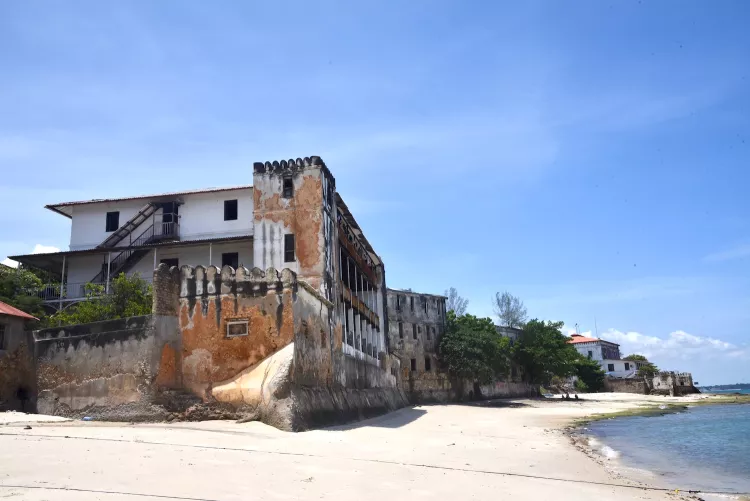
Stone Town
Stone Town, the historical heart of Zanzibar, is full of croaking Indian or house crows (Corvus splendens) and wandering cats, often in poor condition and abandoned to their fate. It is also a playground to Germans, French, and lately, hordes of Russian or Polish tourists in search of the exotic, the souvenir shops, the spice market and the tropical sun.
Zanzibar also attracts an odd collection of divers, judging by the number of dive centres scattered around the island. My own quest lay farther afield to the island of Pemba, part of the Zanzibar Archipelago. Most people, including divers, normally fly to Pemba. As far as I was concerned, with my five pieces of luggage (two big bags and three small ones), this was not an option. Being a keen diver and underwater photographer means that you carry your own gear wherever you travel.
Dragging my load through the narrow streets of Stone Town early in the morning, I hailed a taxi behind the Omani Arab Fort, and headed off to the Ferry Terminal, where the 800-passenger cargo Azam Sealink ferry was berthed. As anticipated, the port was full of people ready to embark with everything one could possibly think of. Sweating with exertion, I dropped my two heavy bags in a corner of the hold, where they would soon be smothered under a pile of cargo.
Climbing the starboard ladders, with my valuable hand luggage and camera gear, I found the welcome air-conditioned comfort of the first-class lounge. Short-lived was my relief, mind you, as the place filled up with women dressed in black baibui (traditional long black robe) with colourful niqabs (head scarf) and their assortment of crying babies. The infant concert continued for the whole duration of the five-and-a-half-hour journey, covering the 100km distance to the port of Mkoani.
Fortunately, Eddy the taxi driver of Gecko Lodge was waiting for me upon arrival, giving me a hand with the luggage, and drove me to the very northern tip of the island, on a good tar road for the next two hours. An exception was made for the last stretch of pot-holed dirt road across Ngezi Forest Reserve, farming land for coconut and cassava plantations. After such a long day, I was glad to arrive at Gecko Nature Lodge, home to Swahili Divers.
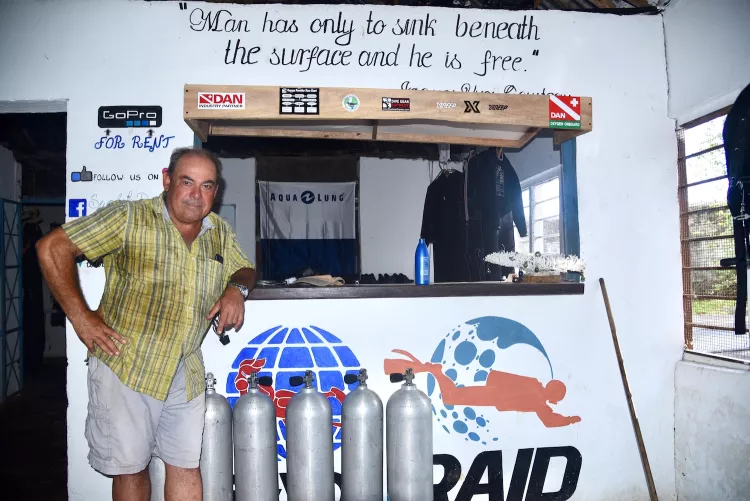
Dive operator
Mike, the jolly 65-year-old owner, greeted me with a cheerful, “Bonjour!” This Lebanese-born American—who, incidentally, speaks French perfectly—took over in January 2017, from Raf Jah, the original British owner (of Turkish and Indian descent) who had launched Swahili Divers in 1999. My wide, square-shaped bungalow was rather spartan but functional, with a central double bed under a mosquito net, on top of an elevated cement platform.
The large cement bench running alongside a wall was convenient for unpacking and spreading out gear. The minimalistic bathroom had a thatched roof of coconut palms. The place felt deserted, for an obvious reason: I was the only guest! After dark, the loud laughter of bush babies resonated in the trees around the natural dining area. This was the end of the world all right; I slept safe and sound with the roar of the surf.
Diving was scheduled for 8 a.m., but this was African time, you know, so it was delayed a good two hours for, well, logistical reasons! A small 5.5m fibreglass boat anchored off the coral stone beach, was waiting for a 40hp outboard motor to be fitted first. The Swahili Divers staff included Khalifa, Kassim and Captain Kombo, who had already loaded the dive boat with scuba tanks, gear, cooler and Mike’s compulsory fishing rods, in a surf which was rocking the boat sideways like a nutshell.
We had not departed for two minutes when Kassim, squatting at the bow, suddenly yanked his arms up frantically! An iron rod stuck into the reef had punched a hole through the hull. Water was gushing into our embarkation, spasmodically like a geyser. “Well, what a brilliant start!” I thought, with a mischievous smile. We had to jump boats and the 40hp outboard motor was transferred to a new boat in the process.
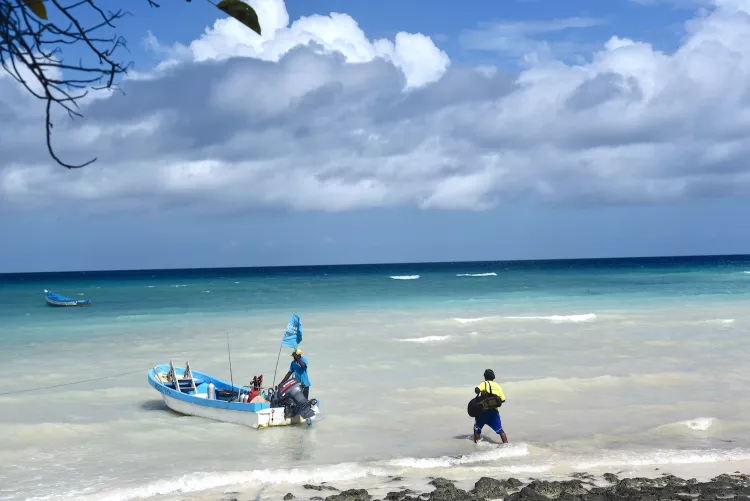
Diving
The weather was promising, and the sea was a pastel green, with an attractive layer of clouds over the horizon. We headed off for a 30-minute ride on a choppy surface towards the south.
Aquarium. The dive site Aquarium was 200m offshore. We rolled overboard on top of a coral head, full of small fish, fairy basslets and glassfish, but with poor visibility. Upon farther descent, however, to my astonishment, a beautiful garden of leafy crater or disc corals (Turbinaria mesenterina) covered the slope in concentric terraces down to the white sandy bottom. Fish life was disturbingly missing, despite streaks of neon fusiliers, a small school of Bengal snappers (Lutjanus bengalensis), one spot or slender unicornfish and a lovely leaf fish, which was not in the mood to pose for a demanding photographer.
We took a break at nearby Njao Island, an uplifted coral reef crested with indigenous forest. The blue and white cooler was brought ashore, with the reef flat at low tide. “Help yourself to chocolate cake and orange slices… Would you like coffee or tea?” offered Mike. The ritual would be repeated daily.
Trigger Wall. The second dive was at Trigger Wall, which was located at the mouth of the channel between the islands of Njao and Pemba. On the surface, visibility was affected by green water. Down below 20m, however, the profusion of gorgonian sea fans in hues of golden orange was a welcome surprise. Here, one could find great opportunities for wide-angle photography.
There were map puffer fish, black leaf fish, blue-lipped and yellow threespot angelfish (Apolemichthys trimaculatus), white and orange-coloured lyretail hogfish (Bodianus anthioides) and a little school of oneknife unicorns (Naso thynnoides). Delightful species of anemonefish in their sac anemones, included the pink skunk clown (Amphiprion akallopisos) and Allard’s anemonefish (A. allardi), which were black with two white bands, a white tail and an orange belly—not to be mistaken for the Seychelles anemonefish (Amphiprion fuscocaudatus), which is black with two white bands and a black tail. Some of the anemones with red or orange sacs were simply gorgeous.
On our way back to the lodge, Mike threw the lines of his fishing rods into the water. With excitement, he pulled out a beautiful dorado, or common dolphinfish (Coryphaena hippurus) also known as mahi-mahi. It was at least 75cm long, with a cobalt-blue back and a golden belly. “This will be sashimi for tonight!” he beamed. Addressing Kombo, our skipper, he joked: “I call him Captain Moja (One),” because with him, we always catch one fish. As for Khalifa, I call him Captain Sifuri (Zero), because we never get anything when he is the pilot!” He giggled like a naughty kid.
Alice, a newcomer, showed up in the evening. A French woman working in Zanzibar, she would be diving with us for a few days.
The hole in the small boat had been swiftly fixed by Mike, with a powerful resin (sap) applied to the fibreglass. Known as “Kutzi,” the southwestern trade winds were blowing. “This is the start of the rainy season,” I was told. “Hakuna matata!”
Njao Island
The ocean was foaming in the morning, with white foam cresting the tops of the waves. Needless to say, it led to a bumpy ride for the hour and 15 minutes it took to reach the southern point of Njao Island. Not the best treatment for my underwater camera laying on the bottom of the boat, despite the worn-out, sponge-like cushion Mike provided for it.
Snapper Point. The dive site of Snapper Point was located at the southern entrance of the channel known as The Gap, located between Njao and Pemba. The visibility would be affected by the outgoing tide. Underwater, lots of leafy crater coral decorated the slope. Clouds of yellowtail fairy basslets (Pseudanthias evansi), which were purple in colour with a yellow rear end; guineafowl puffer; Madagascar butterflyfish (Chaetodon madagascariensis), which had silver sides with a checkerboard design and an orange rear.
At depth, there were black pyramid butterflyfish (Hemitaurichthys zoster), together with a little school of yellowback fusiliers (Caesio xanthonota). Sadly, I saw a number of old fishing lines criss-crossing the sea floor. Despite the 29°C water temperature, I felt slightly cool towards the end of the dive. The sensation did not improve as I came out of the water into the wind.
Captain Komba steered the dive boat towards the uplifted coral shore of Njao Island, where we soon disembarked, taking shelter under a coralline limestone overhang. Mike slipped away for a stroll. Armed with an old screwdriver and a coral stone, he cracked open oysters embedded in the coralline rock—an instant snack, to the delight of Alice. “Great, but you forgot the lemon!” I joked, with a cheeky note. An enchanting white layer of clouds hovered over the horizon of the pastel green sea.
The Crack. Our next dive at The Crack dive site was just opposite the first one on the other side of The Gap. Still at low tide, the visibility was disastrous. However, I found a fissure and swim-through in the wall, full of glassfish and plenty of tiny white gorgonian sea fans on hard coral. Mike and Alice vanished ahead of me, and I found myself following a ridge in the middle of the channel. Suddenly, an armada of giant globe-like jellyfish appeared, drifting in open water.
“It will still be low tide tomorrow morning,” said Mike. “It would make sense to dive in the afternoon, with the incoming tide.” I could not agree more. I would make good use of the free time for a stroll on the white sandy beach extending beyond the Gecko Nature Lodge towards the lighthouse.
At low tide, women and children were actively collecting Mwani, or algae. Seaweed harvest of Eucheuma spinosum and E. striatum species has been going on in Tanzania since the late 1940s to supply the European and Asian markets.
The greenish-red branching algae is now farmed by locals, then dried up on the trees before export. It is ultimately used as a gelling agent in cosmetics, lotions, toothpaste, medicine and food. In China, it is eaten as a vegetable. Indeed, Pemba contributes to 80 percent of Zanzibar’s exports.
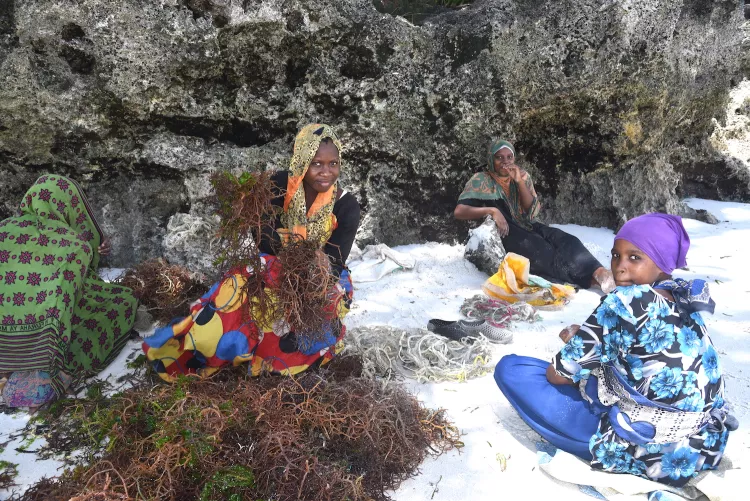
The beach also provides plenty of photo opportunities of shorebirds such as the pied kingfisher (Ceryle rudis), the common egret, the blue reef heron, the grey or black-bellied plover (Pluvialis squatarola), whimbrel, sanderling, and the exquisite crab plover (Dromas ardeola) on tall legs, with a pearly white colour and a thick black bill.
Trigger Corner and Rudy’s Wall. In the afternoon, the ocean was like an oil slick. The dives at Trigger Corner and Rudy’s Wall enjoyed optimum light and fabulous cloud formations. At depth, I encountered a school of Indonesian sweetlips (Diagramma sp.), one spot or slender unicornfish (Naso minor), and a moving cloud of striped catfish. A funny pulsating creature encrusted with algae reminded me of the Papuan jellyfish (Mastigias papua). Our second dive into the channel, under the haze of the surface waters, turned excellent below the 22m mark.
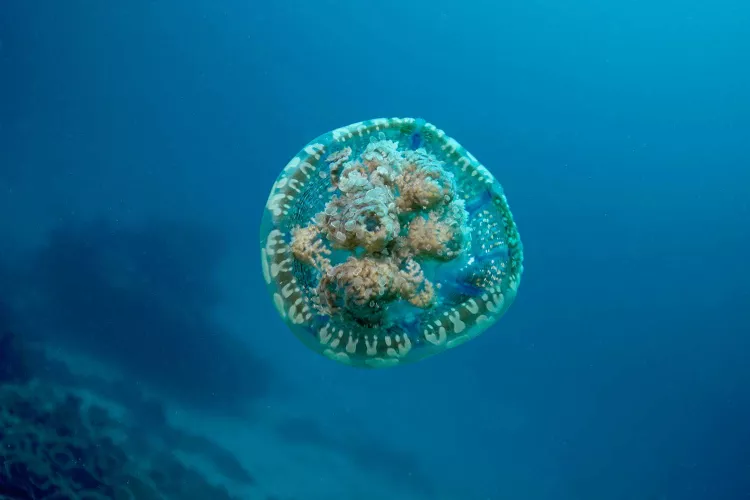
Oblivious of us divers, a tiger snake eel (Myrichthys maculosus) foraged on the reef. Giant spiny oysters (Spondylus varius) hid in the darkness of the wall and snapped shut as soon as they sensed light or water movement. A massive male Napoleon wrasse circled me with inquisitiveness, like a silent Zeppelin, but kept a respectable distance.
Attractive lilac blue tube sponges caught my attention, as did bubble coral and the presence of the charming African butterflyfish (Chaetodon dolosus) in the deep. Other species included Meyer’s butterflyfish (Chaetodon meyeri) and Klein’s butterflyfish (Chaetodon kleinii). There is such a striking difference when the visibility is top-notch that one finds oneself totally at peace and relaxed within the marine environment, enjoying every breath of the dive.
Another failed attempt to watch the sunset occurred as the sun hid shamelessly behind a layer of clouds on the horizon, so I took a seat in the resort’s rustic dinner lounge. Enjoying an ice-cold Kilimanjaro beer for compensation.
I waited for a tasty grilled fish with spinach and green papaya salad. Baby coconut crabs in their cute terrestrial snail-like shells roamed about the dining hut floor, curious of our lively presence. “If you are interested, Hamadi the security guard can take you for a night walk to see the big ones,” suggested Mike. I shall do so on the following night, I thought.
With an extended range from the Central Pacific into the Indian Ocean, two varieties of coconut crab (Birgus latro) are actually found on Pemba Island—the blue one and the red one. “They can reach over 50cm in length!” assured Mike, dead serious. The coconut crab is legally protected in Zanzibar, but kids still catch them.
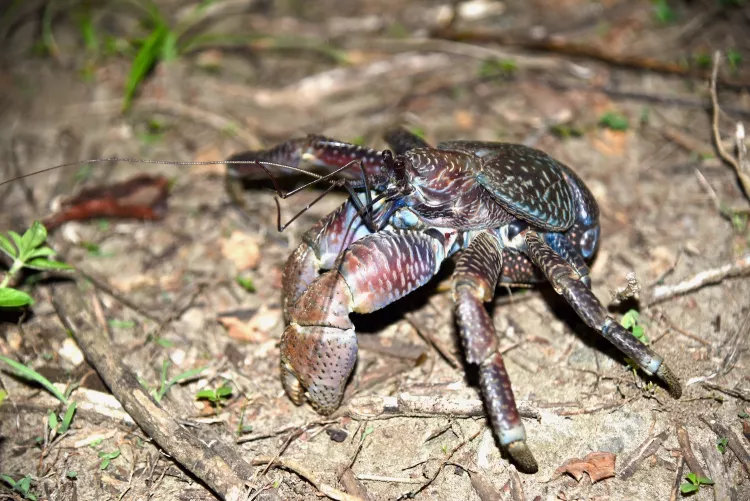
Medusa Head and Swiss Reef. On my last day, the wind dropped substantially. The ocean was as smooth as a lake. “We’ll try the northern point of Pemba, near the lighthouse,” reckoned Mike. The dive site of Medusa Head was known as a cleaning station for various fish species. This was the place to see the lovely peppered moray (Siderea grisea), which has a whitish speckled body, with a grey head, spotted with lines of pin-like dots. Sporting a white eye with a black pinpoint in it, this moray was tame and inquisitive. Two specimens shared a den in a tiny hole.
I managed to get a few macro shots of Phyllidia and Phyllidiella sp. nudibranchs. A short distance away, a red and orange Pacific cleaner shrimp (Lysmata amboinensis) played hide-and-seek in between the knobs of some Pavona or cactus coral. At nearby Swiss Reef, I was fortunate enough to bump into a black-and-white banded nudibranch (Chromodoris africana), which had orange gills and rhinophores, and was munching on a red sponge.
After dark, over a couple of gin and tonics (his drink of choice), Mike surprised me with his amazing collection of nudibranch photos, including one of a Spanish dancer. It was enough to convince me of the abundance of critters in these waters. “Providing, of course, that you visit Pemba in the right season,” he confessed, “you will have a stunning visibility of 40m to 60m.” That, indeed, was the final nail in my coffin! “Karibu sana (You are welcome),” he smiled.
With a background in biology and geology, French author, cave diver, naturalist guide and tour operator Pierre Constant is a widely published photojournalist and underwater photographer. For more information, please visit: calaolifestyle.com.
SOURCES:
- Allen, G., Steen, R., Humann, p., & Deloach, n. (2015). Reef Fish identification: Tropical Pacific. New World Publications.
- Debelius, H. (1993). Indian Ocean: Tropical Fish Guide. Aquaprint Verlags GmbH.
- Jpzani Chwoka National Park & naturalist guide abdul Ngezi Forest Reserve
- Wikipedia.org

